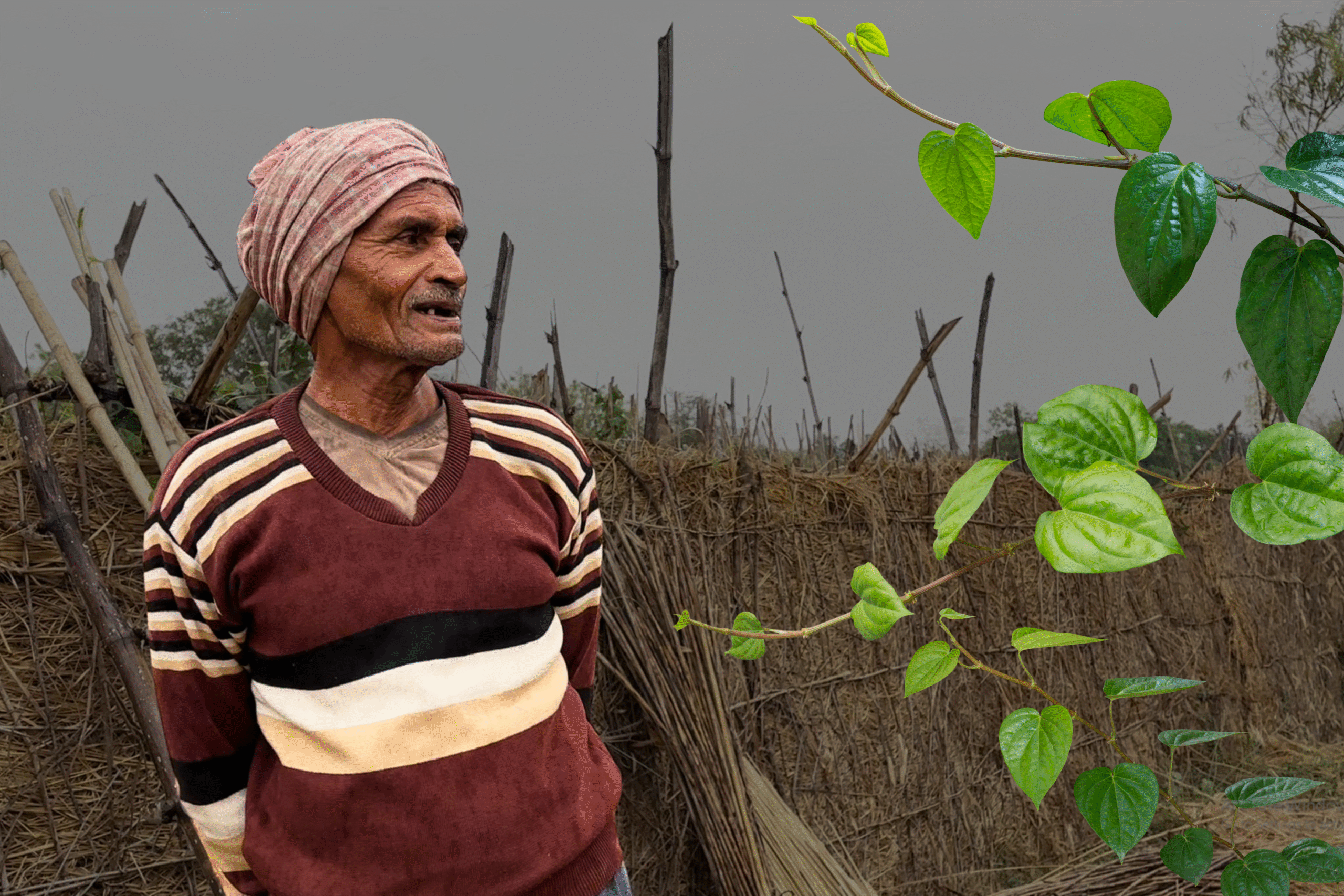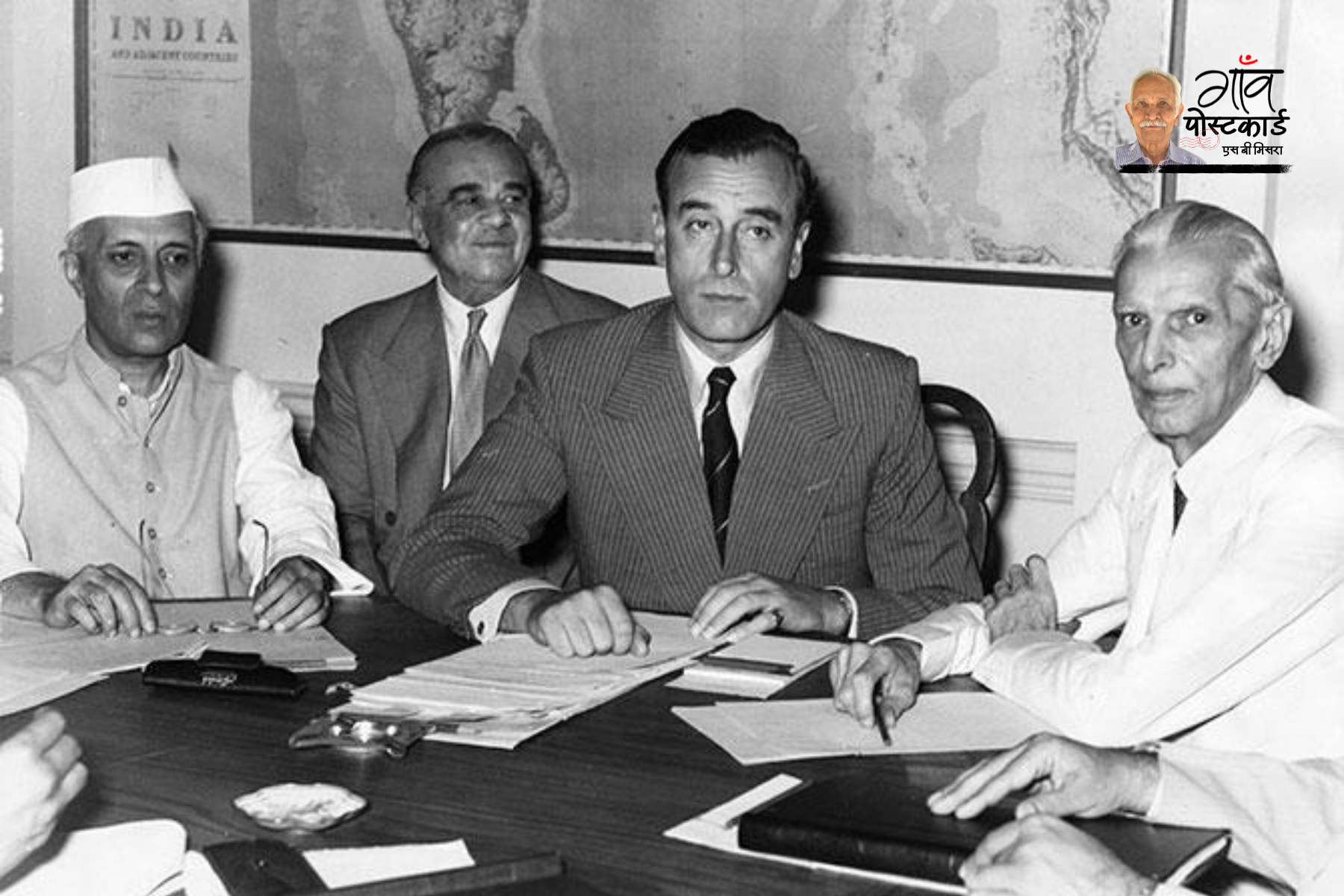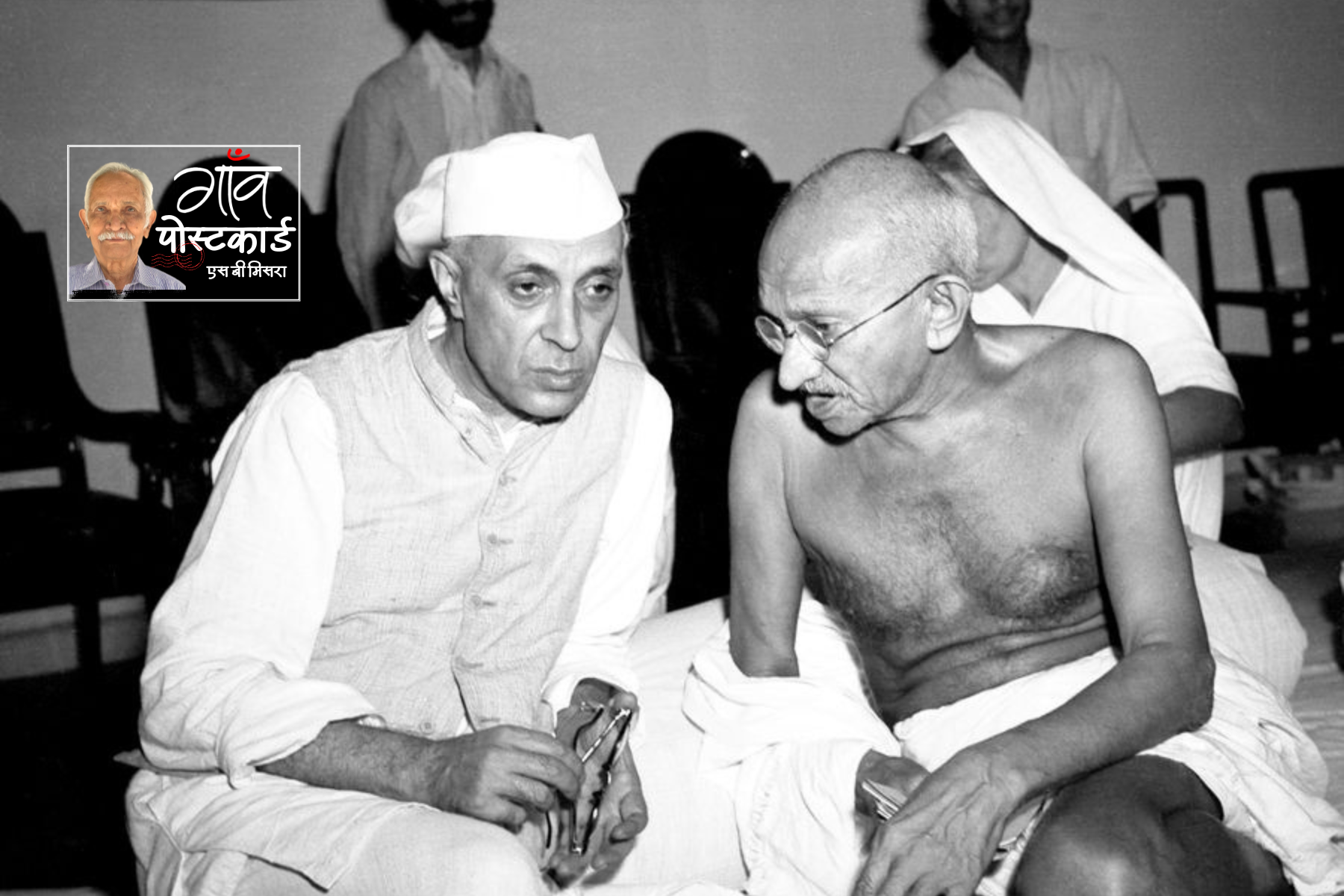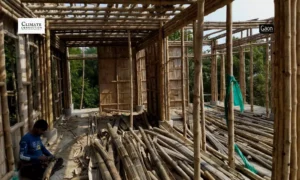On October 1, the India Meteorological Department [IMD] declared the southwest monsoon this year to have been ‘normal’ cumulatively. Against a long period average of 868.6 millimetres [mm] of rainfall, India received 820 mm of rain or 94.4 per cent of the expected rainfall.
However, a district-wise, daily analysis of rainfall has revealed that the recently concluded monsoon has been far from normal.
Only about 6 per cent of the 81,852 district rain days were found to be normal during the monsoon in a joint analysis conducted by the Delhi-based news portal CarbonCopy and the strategic communications group Climate Trends.
“It is understood that normal rainfall data has been averaged out over several years and cannot be expected to indicate the consistency of rainfall, but the relatively miniscule number of “normal” rainfall days experienced by India’s 718 districts does reflect a reality of being swung between extremes,” it mentioned.
Also Read: Maharashtra: Demand for Drought Declaration in Marathwada; sit-in protest from October 12
The spells of excessive rainfall, particularly in July, and a generous peppering of very heavy and extreme rain events resulted in an averaging of a normal monsoon season.
It also mentioned that despite ending the season with just 94% of the LPA rainfall, the country saw the second highest number of heavy rain events (over 115.6 mm rainfall received) in the last five years.
While almost half of all heavy rain events this year came in the month of July, June observed the highest number by far in the last five years despite registering a substantial deficit in rainfall over the country.
Madhavan Rajeevan, former secretary, Ministry of Earth Sciences and a climate scientist was quoted in the analysis as stating that monsoon variability is definitely increasing.
“When global warming happens not only means but also extremes will increase. This monsoon will be known for its large spatial and temporal variability and is typical of any year. The issue however is not seasonal rainfall but large intra-seasonal variability with extended active and weak phases. Data suggest this variability is increasing manifold. So, we need to predict this spatial distribution very well and it is very important for us to learn to adapt to this increasing variability,” he was quoted.
Also Read: Thirsty for more: Next to no rains in eastern UP, leave both paddy farms and cattle parched
The briefing mentioned that India recorded 544 floods and heavy rainfall events during the entire season. Himachal Pradesh topped the list with 123 extreme events, followed by Maharashtra with 69 events, Uttarakhand with 68 events, Uttar Pradesh with 57 events, and Rajasthan with 45 events.
Talking about the impact of an adversely changing climate, Abinash Mohanty, Sector Head, Climate Change and Sustainability, IPE-Global- and international development organisation and an expert reviewer of the IPCC’s sixth assessment report, mentioned that climate change is altering seasonal patterns and pushing developmental trajectories beyond thresholds.
“The monsoon of 2023 is a testament to how erratic, incessant, and longer dry days are the new norms impacting lives and livelihoods, especially across climate-dependent sectors like agriculture. With below-normal levels of recorded monsoon and more than 200 Indian districts being rainfall-deficient it’s a stark reminder that the state of monsoon is fissured. As an El-Nino year, 2023 low-intensity rainfall events are normal but what is abrupt is the increase in incessant and erratic rainfall events,” Mohanty mentioned.
Also Read: Sikkim Floods: Role of Melting Glacial Lakes Due to Global Warming in Spotlight
“2023 monsoons witnessed more than 30 per cent increase in erratic rainfall events, most centred around agrarian districts. It is imperative to mainstream climate adaptation actions through the adoption of nature-based solutions and by undertaking hyper-granular risk assessments to map, plan and adapt better,” he added.
Impact on Agricultural Practices
The briefing mentioned that in a country where rain-fed agriculture employs approximately 67 per cent of the net sown area, supplying 44 per cent of the food grains, extreme rain events are not only threatening sowing practices across the country, but also food security.
On July 10, IMD and the Indian Council of Agricultural Research (ICAR) issued a National Agromet Advisory Services Bulletin warning multiple states to postpone planting kharif crops. Forecasting above normal rains in Rajasthan, Punjab, Uttar Pradesh, among other states farmers were advised to postpone irrigation in summer crops and all types of chemical spraying in the fields.
Despite an active monsoon in September, Standardised Precipitation Index (SPI) data released by India Meteorological Department (IMD) for the period from June 1, 2023 to October 4, 2023 shows meteorological drought conditions, ranging from mildly dry to extremely dry, prevailing in 460 of India’s 718 districts covering nearly 60% of the country.
Experts were quoted as saying that high temperatures as well as poor spatial distribution of rains coupled with prolonged breaks in August may be responsible for the drought conditions.
“Till when we will run behind the category in which Monsoon rainfall falls. By just categorising the season’s rainfall into a category is like covering up the changes in the climate. Concerned authorities should rather focus and forecast district wise rainfall variability. Erratic rainfall patterns seen during the Monsoon have maximum impact on agriculture as well as have socio-economic impacts,” Devinder Sharma, an independent expert on agriculture was quoted.
Sharma demanded that IMD must talk about rainfall distribution which at the moment has allegedly become haywire.
“Nobody talked about El Nino and its possible impact on rainfall and finally on agriculture. August was a major setback for farmers as it was the core Monsoon month which was the driest in the century. On account of erratic rainfall, Haryana is likely to register a shortfall in the crop output. Punjab has suffered a major setback due to unprecedented floods,” he added.




















